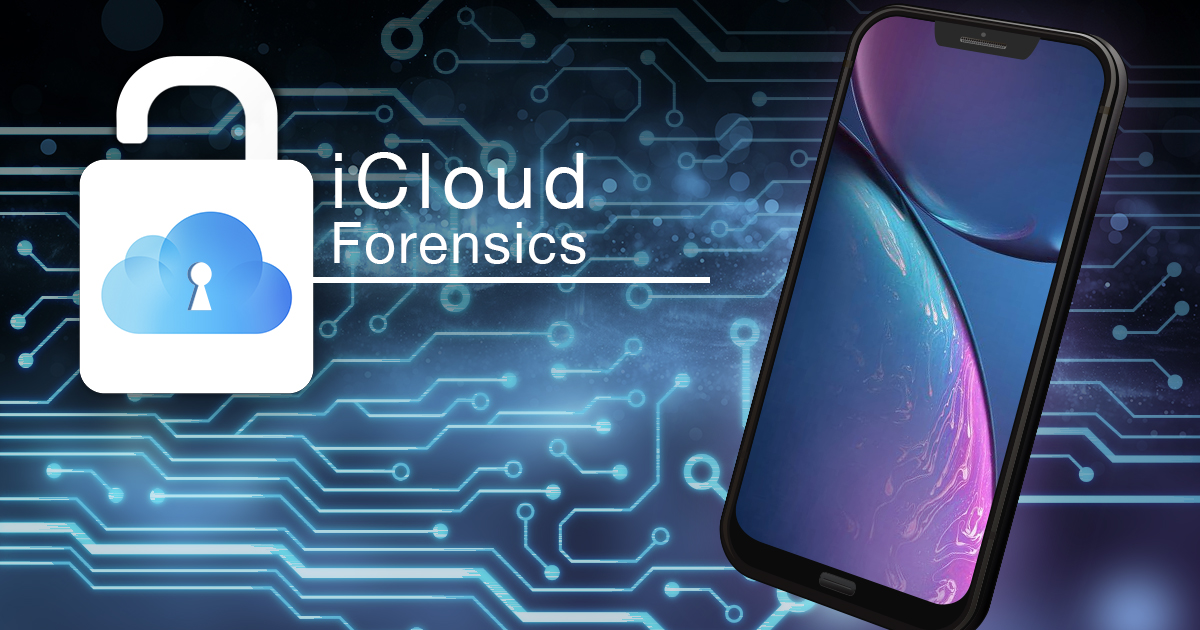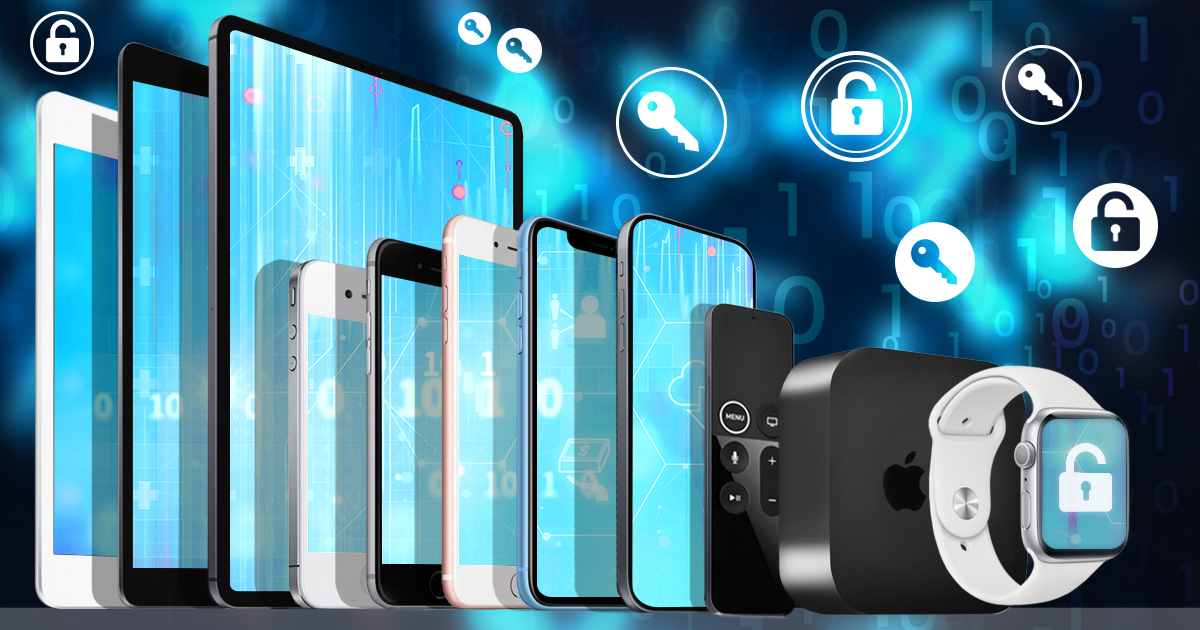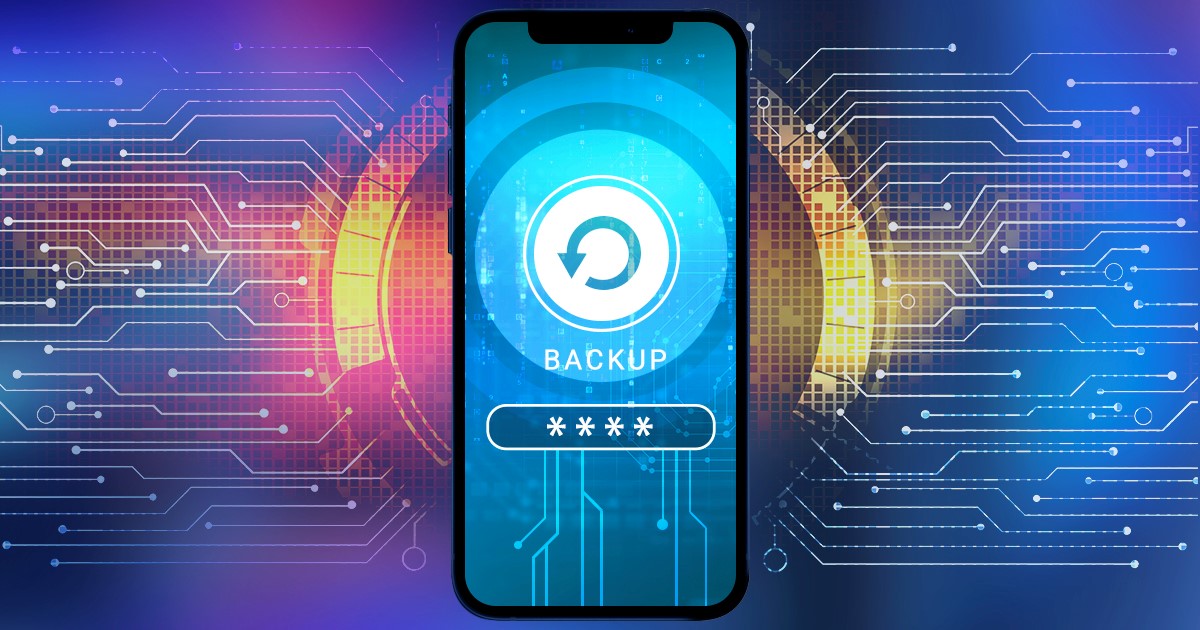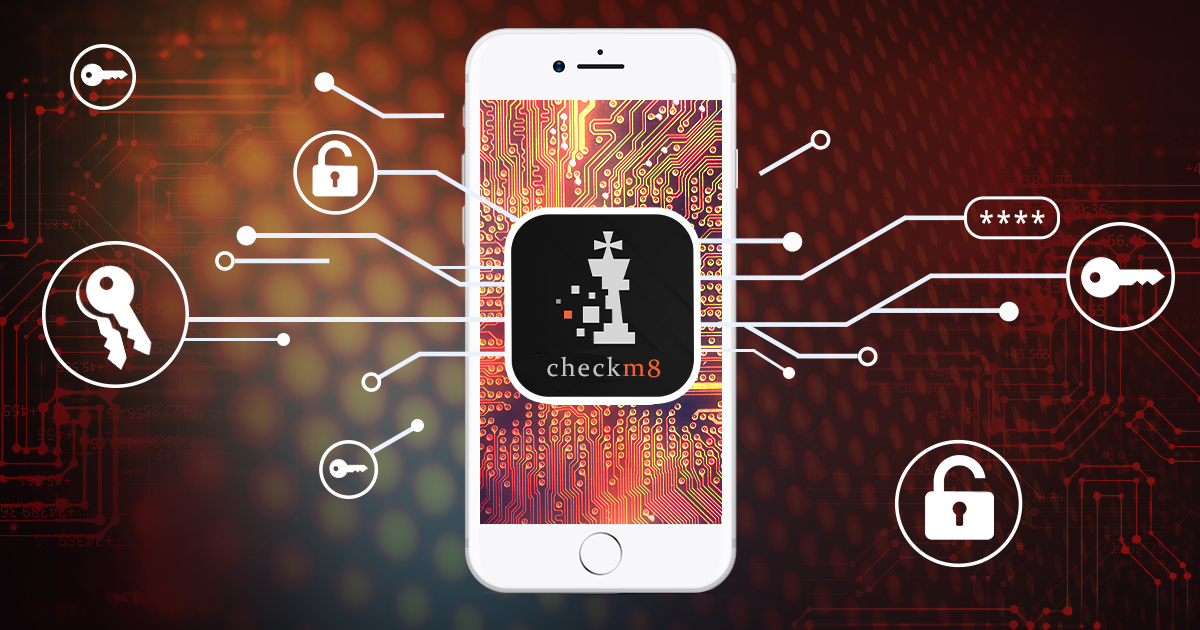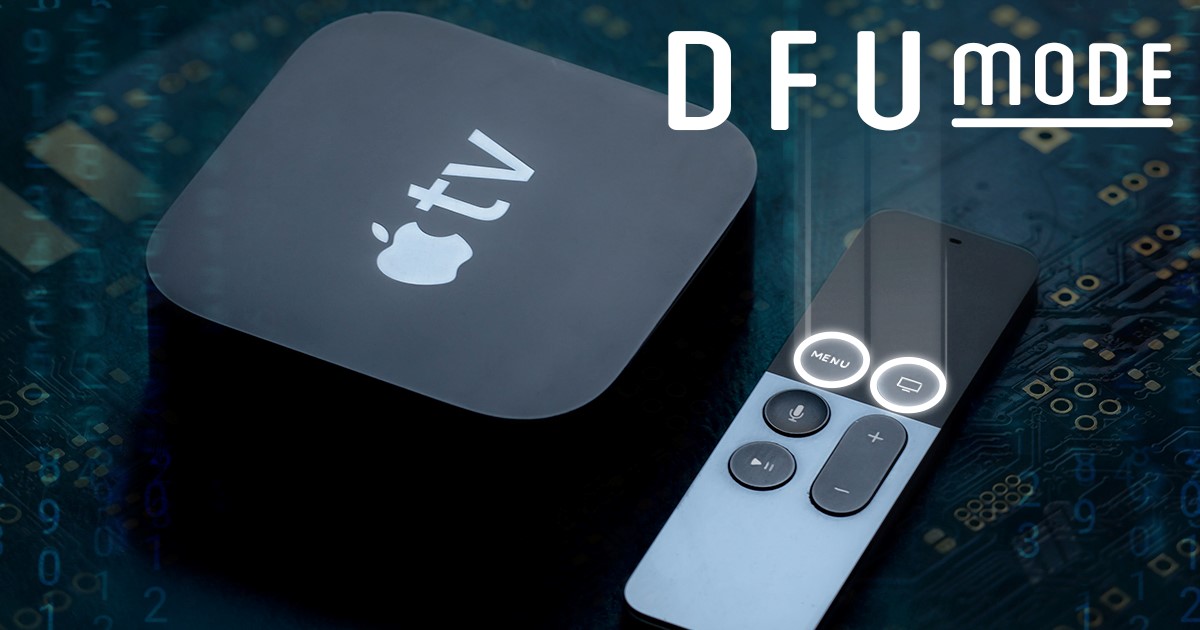November 10th, 2022 by Oleg Afonin
In Apple ecosystem, logical acquisition is the most convenient and the most compatible extraction method, with local backups being a major contributor. Password-protected backups contain significantly more information than unencrypted backups, which is why many forensic tools including iOS Forensic Toolkit automatically apply a temporary backup password before creating a backup. If a temporary password is not removed after the extraction, subsequent extraction attempts, especially made with a different tool, will produce encrypted backups protected with an effectively unknown password. In this article we’ll talk about why this happens and how to deal with it.
Read the rest of this entry »




